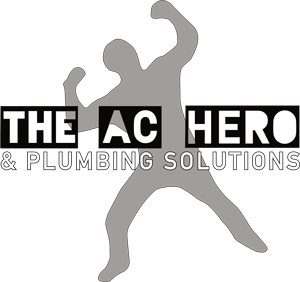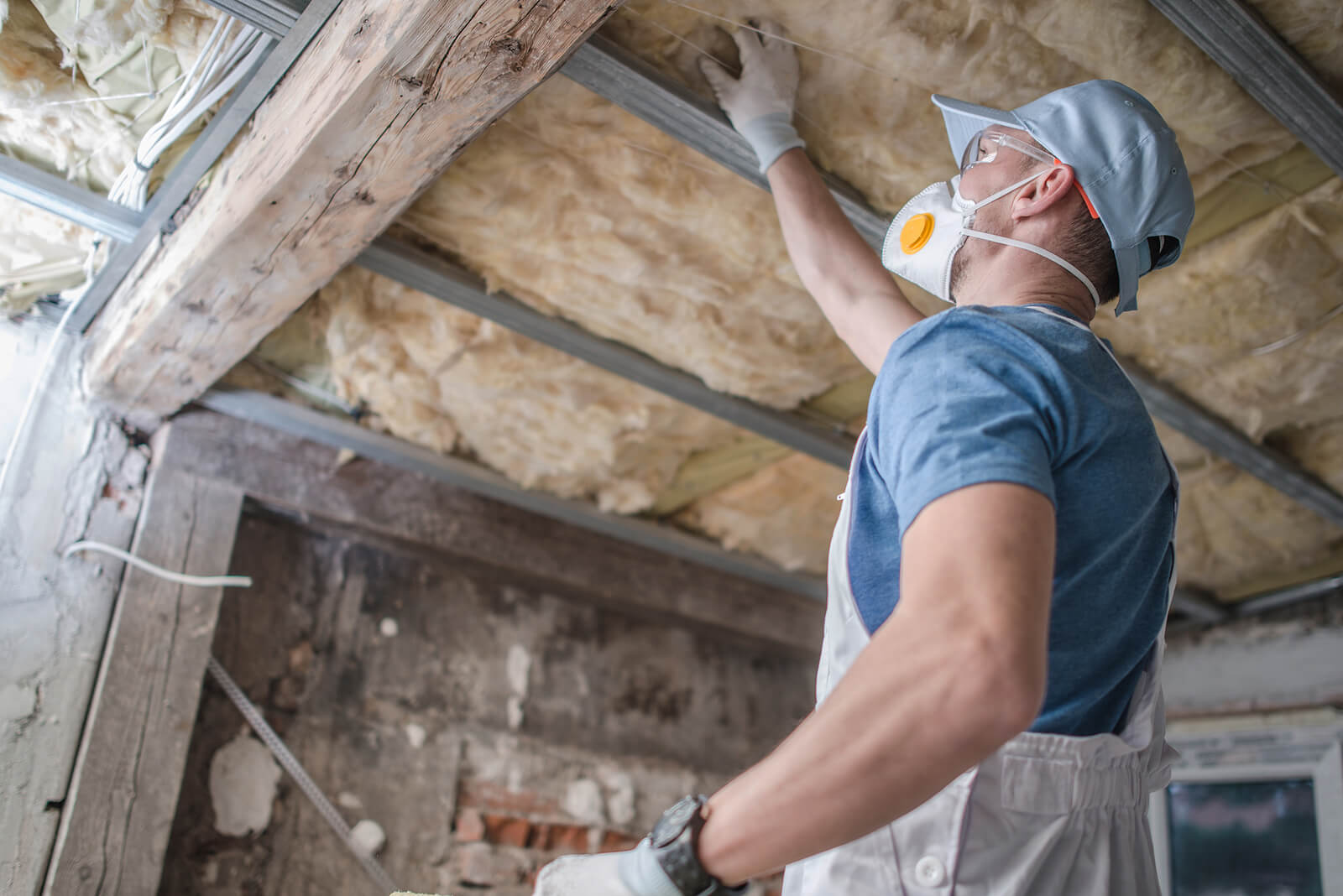If your air conditioner has decreased in efficiency, the reason may be where you’d least expect it to be; your attic. All too often the cause of HVAC trouble is the attic air conditioner. The reason why? Attics have different insulation than the rest of your home, getting extremely hot during the summer months. Attic air conditioners are closest to where the sun hits your home, and since heat collects there and rises, you could already be set up for an AC problem.
The hotter the air in your home, the harder your air conditioner must work to cool things down. Heated air can travel through the AC system and radiate through building materials. However, there are other things to look for that might be impacting your cooling system, including:
Blocked AC Vents
Unless their attic has been converted into a living space, most homeowners, don’t go there much. The hot, stuffy environment can lead to a buildup of dust, dander, and mildew that can block vents. The environment upstairs you avoid can also be driving up your cooling bills, so it’s wise to check attic vents and ductwork for dents, evidence of other damage, and restricted air flow. Hot and cool spots in the space can signal issues as well.
Attic Air Leaks
Poor insulation can cause air to leak between the attic and other rooms. Air may vent up from below or be pulled through low-quality insulating materials into your home. The air your attic AC cools can also vent outside instead of providing the indoor comfort you depend on.
Trapped Attic Moisture
Humid conditions outside can cause moisture to build up in your attic and around your attic central air conditioner. You also create humidity in your home from taking hot showers, boiling water in pots, and other activities. Moisture buildup in the attic can lead to mold and mildew in hidden spots, such as in the insulation material under the attic floor.
The Solution: Ventilating Your Attic
If the condition of your attic is affecting your air conditioner, the logical solution is to establish proper attic ventilation. Most building codes require attic spaces to be ventilated, however there several products available to improve attic ventilation. For example, installing a ridge vent along the ridgeline allows for air movement without restriction by framing components.
Another proven option is adding soffit vents that permit convective air movement between the soffits and ridge vent. The insulation baffles at the junction of the attic floor and roofline, effectively preventing your attic insulation from shifting. You can install gable vents as well. These louvered vents draw air out of the attic and block moisture from entering.
In addition to the previous options, an often-used fail-safe is to install a powered fan to exhaust air out of the attic. The attic fan turns on via a switch or thermostat that senses when heat needs to be released outside. For some homes, solar-powered fans are a viable option. There is a range of other options as well, which an HVAC technician can explain based on what is most suited for your home.
Contact The AC Hero
Our licensed air conditioning specialists are knowledgeable in all kinds attic issues that may be affecting your heating and cooling system. If you suspect a problem, we can send a technician to inspect your attic, vents, and ducts and then make any adjustments or repairs necessary. The condition of your attic has a major impact on efficiency, but you can get rid of these negative factors by scheduling service with The AC Hero; call us at 817-587-0401 today.




